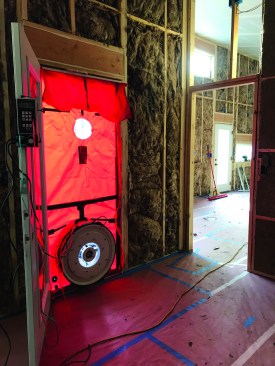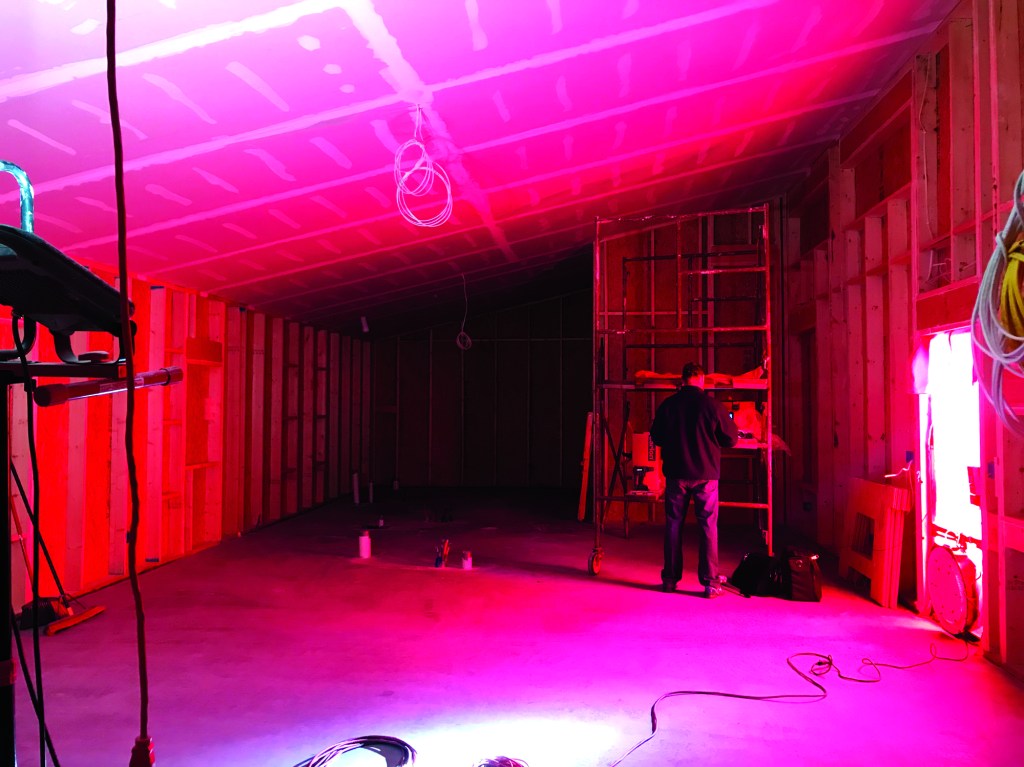Q: Why does it make sense to do a blower-door test before installing the windows?
A: Jake Bruton, owner of Aarow Building, in Columbia, Mo. and co-author of “Air-Sealing That Works” (Apr/18), responds: Testing a house multiple times may seem at first like a waste of time and money, but I see it as a wise investment as my company tries to build better homes. Here’s why.
When we do a blower-door test before the windows are installed, we’re able to test the airtightness of the building envelope alone. This initial test gives us the opportunity to check for errors or air leaks before introducing additional opportunities for leaks in the form of the windows. Testing prior to window installation allows us to first quantify and address any leakage in the shell itself. Once we get the shell as tight as we can, we are then able to quantify with a second blower-door test any leakage that might be caused by the installation of the windows. This second test also allows us to compare different window packages over different projects and possibly compare the effectiveness of different installation methods. Knowledge in the building industry is everything, and blower-door testing is the way to provide knowledge about air-sealing.

Jake Bruton
A second test is performed after the house is insulated and the windows and doors have been installed. Comparing the numbers from the two tests quantifies how much air leakage is due to the windows, separate from the shell.
It is true that blower-door testing means lost production time. The testing effectively shuts down production for an entire day each time we test. However, we look at each of these lost days as contributing toward our understanding of how to build better homes and how to provide a better product for our clients.
We do have our own blower door and conduct our own independent tests. However, the municipality requires us to have someone else do our certification test (for obvious reasons). But we still run all three tests ourselves—before windows, after windows, and a final test—before we pay for the certification test. This lets me check my numbers against the final numbers from the HERS rater.
For the record, the numbers for this house (which we covered in our April article) came in at .31 for just the envelope, .91 for the envelope with windows, and .95 at final. I’m pretty sure that the jump between the last two tests came from an entry door that was installed for the final test, but not at the time of the window test.
